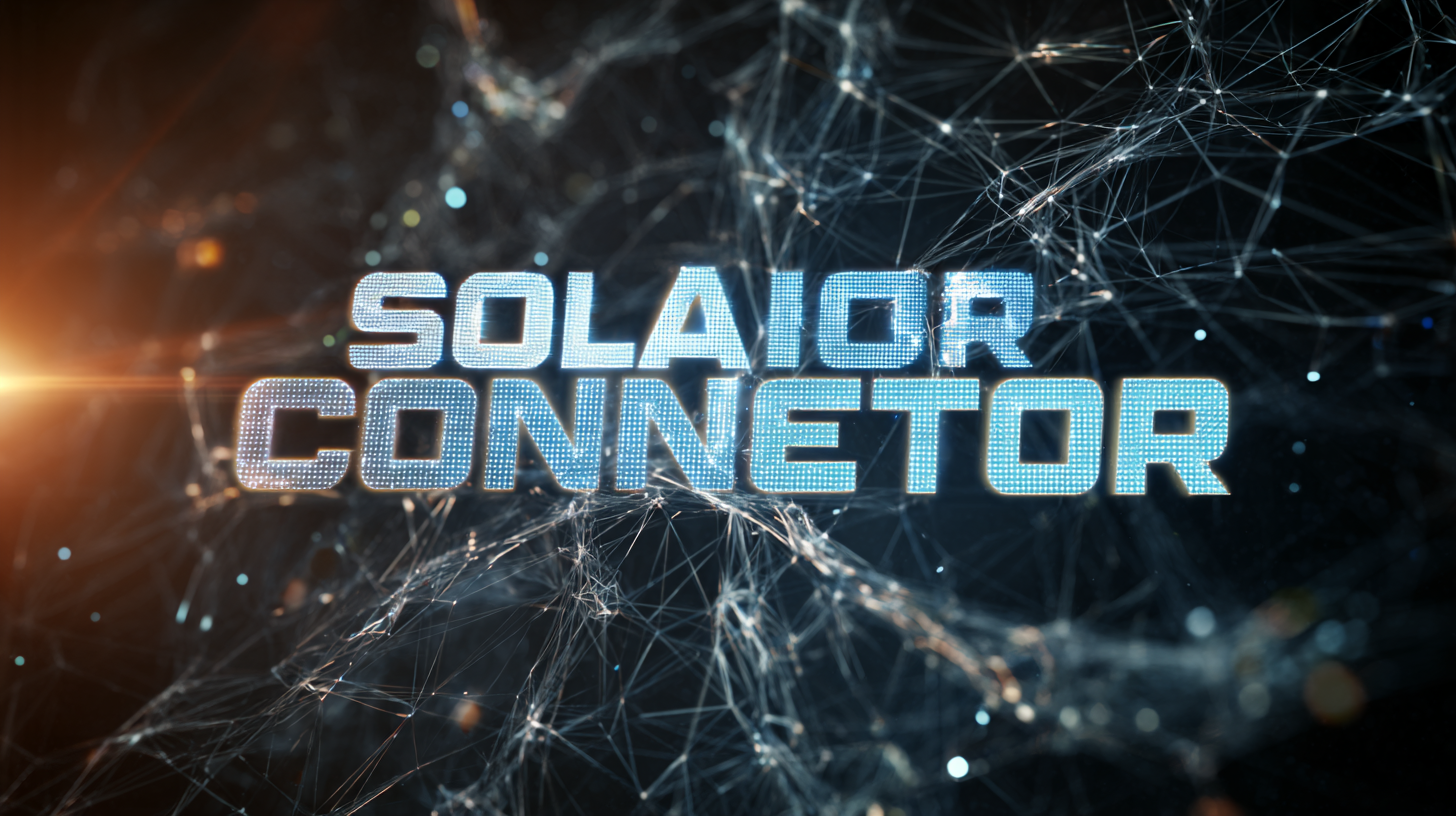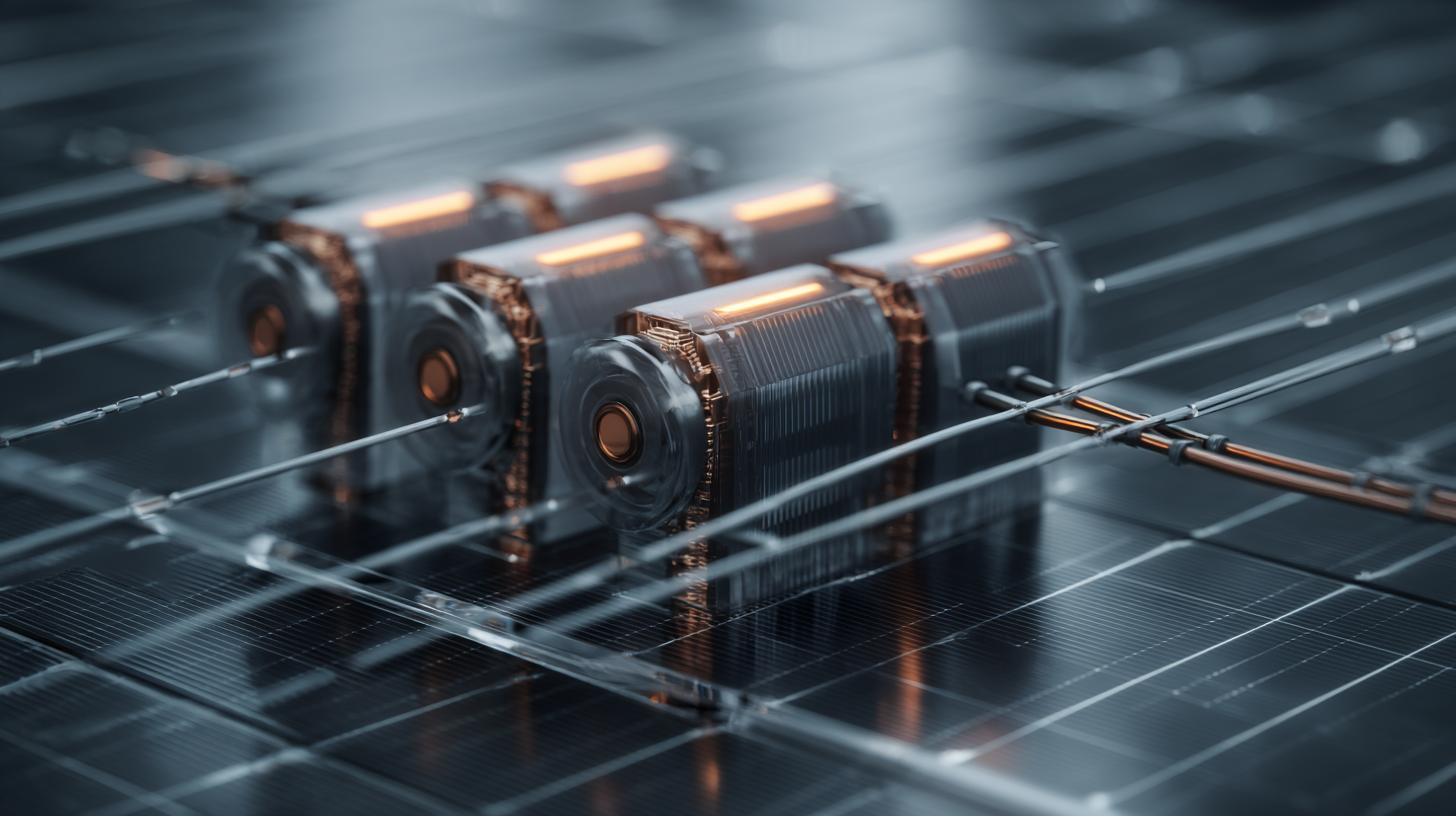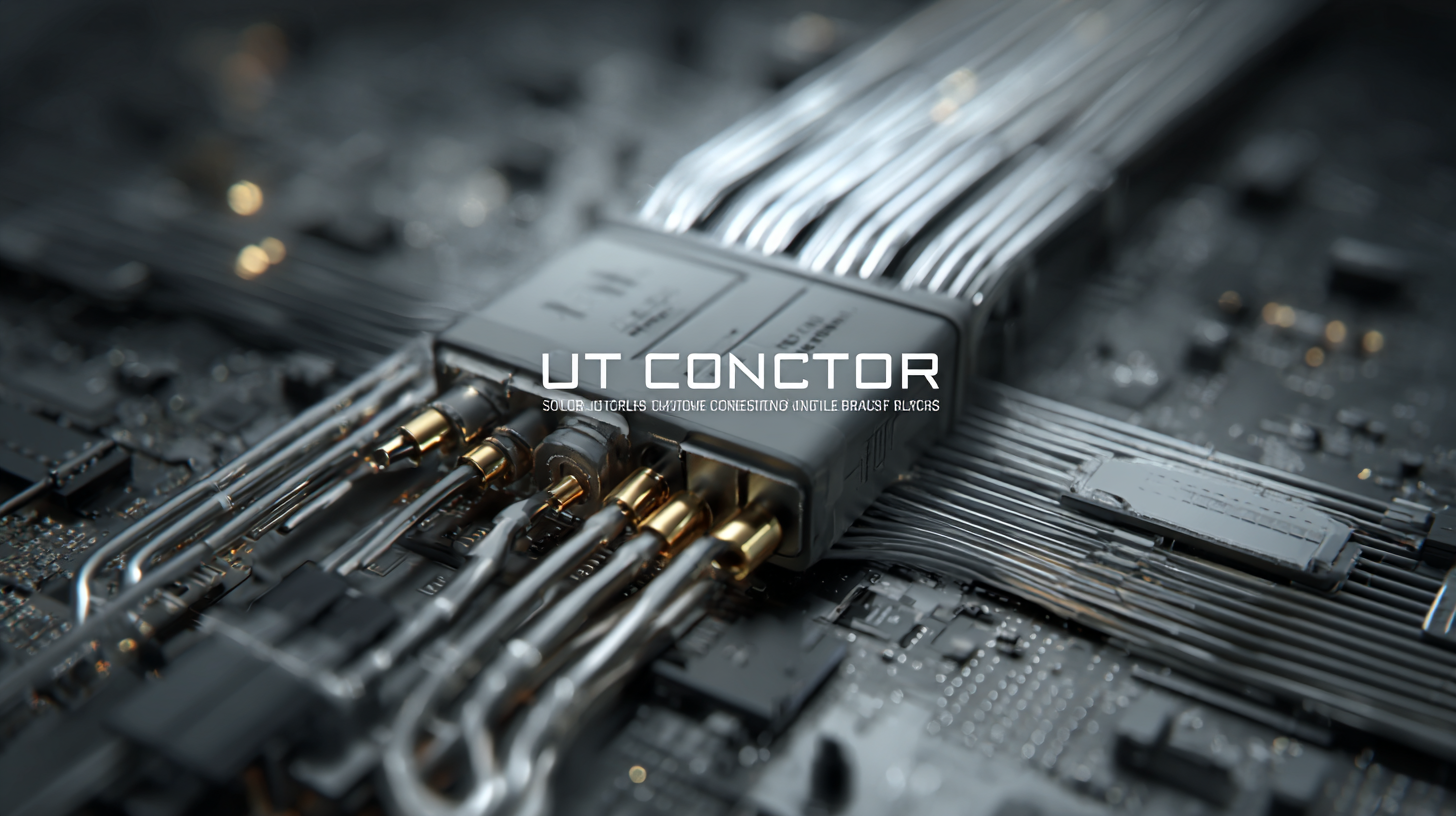
The Future of Solar Connectors Shaping Sustainable Energy Solutions
As the global demand for sustainable energy solutions continues to rise, solar connectors are emerging as a pivotal component in enhancing the efficiency and reliability of solar energy systems.
 With China leading the charge in manufacturing and innovating these critical components, the quality and performance of solar connectors are experiencing a significant upgrade, making them increasingly competitive in the international market. This blog explores the future of solar connectors, examining how advancements in technology and manufacturing processes are shaping the landscape of solar energy.
By focusing on the intricate relationships between quality and sustainability, we will delve into the transformative role that solar connectors play in driving renewable energy solutions worldwide.
As we look towards a greener future, understanding these trends will be essential for anyone involved in the solar industry or invested in sustainable practices.
With China leading the charge in manufacturing and innovating these critical components, the quality and performance of solar connectors are experiencing a significant upgrade, making them increasingly competitive in the international market. This blog explores the future of solar connectors, examining how advancements in technology and manufacturing processes are shaping the landscape of solar energy.
By focusing on the intricate relationships between quality and sustainability, we will delve into the transformative role that solar connectors play in driving renewable energy solutions worldwide.
As we look towards a greener future, understanding these trends will be essential for anyone involved in the solar industry or invested in sustainable practices.
Innovative Designs in Solar Connectors Enhancing Energy Efficiency
Innovative designs in solar connectors are pivotal to enhancing energy efficiency in solar energy systems. As the demand for renewable energy sources increases, manufacturers are focusing on refining connector technologies to improve performance and reliability. These advancements not only streamline the installation process but also ensure a more robust connection, reducing energy losses during transmission.
Modern connectors are being engineered to withstand diverse environmental conditions, thus ensuring that solar panels operate at their peak efficiency throughout their lifespan.
Moreover, the integration of smart technology into solar connectors is opening new avenues for monitoring and optimization. Features such as real-time diagnostics enable users to identify and rectify issues promptly, maximizing energy output. These innovative connectors can also facilitate larger solar arrays, allowing for greater scalability in solar installations. As the solar industry evolves, the role of advanced connector designs will be crucial in driving sustainable energy solutions and meeting the growing energy demands of the future.
The Role of Solar Connectors in Promoting Renewable Energy Adoption
As the renewable energy sector continues to expand, solar connectors play a crucial role in enhancing the adoption of solar technology. The International Energy Agency (IEA) reports that solar energy capacity could reach 2,840 GW by 2025, marking a 25% annual growth rate. However, the efficiency and reliability of solar power installations heavily rely on the quality of their connectors.
High-quality solar connectors ensure optimal electrical connections, minimizing energy loss and enhancing overall system performance.
Furthermore, the advancements in connector technology, such as the development of rapid-connect solutions, facilitate faster and more reliable installations. According to a report by MarketsandMarkets, the global solar connector market is projected to grow from $1.02 billion in 2020 to $2.03 billion by 2025, underscoring the growing recognition of the importance of reliable components in solar systems. This growth not only reflects a shift towards renewable energy sources but also points to the vital role that solar connectors play in streamlining large-scale adoption.
As the solar industry continues to innovate, the enhancement of connector technologies will remain key to promoting sustainable energy solutions worldwide.
Cost-Effectiveness of Advanced Solar Connector Solutions
The relentless push towards sustainable energy solutions has spotlighted solar connectors, which play a pivotal role in the efficient operation of solar energy systems. Recent data from the National Renewable Energy Laboratory (NREL) indicates that optimizing solar connector designs can enhance energy harvesting efficiency by up to 5%. This improvement not only increases overall power output but also significantly impacts the economic viability of solar projects, making advanced solar connectors a valuable investment for both residential and commercial installations.
Furthermore, the cost-effectiveness of these solutions is evident in the declining prices of solar components. According to a report by the International Renewable Energy Agency (IRENA), the average costs of solar photovoltaic systems have dropped by 89% since 2010, with advanced connectors contributing to this trend by streamlining installation processes and reducing long-term maintenance costs. These innovative connectors reduce the risk of connection losses and failures, suggesting that initial investments in high-quality components can lead to substantial savings over the lifespan of solar energy systems. As the industry continues to evolve, the focus on cost-effective connector solutions will undoubtedly shape the future landscape of solar energy.
Improving Safety Standards with Next-Gen Solar Connectors
As the solar industry continues to evolve, the introduction of next-generation solar connectors is set to revolutionize safety standards within the sector. These advanced connectors are designed to reduce the risk of electrical faults and enhance overall system reliability. By incorporating innovative materials and robust engineering, manufacturers are addressing common vulnerability points, ensuring that solar installations are not only efficient but also safe for both users and technicians.
When considering the installation of solar connectors, it's critical to keep some safety tips in mind. First, always choose connectors that comply with the latest industry standards to guarantee optimal performance and reliability. Additionally, regular inspections and maintenance of connectors can help identify potential issues before they escalate, ensuring the safety and longevity of the solar system. Lastly, training for installers on best practices in connector installation can significantly reduce human error, contributing to greater safety in solar energy solutions.
Emphasizing safety in the development of solar connectors is not just a trend; it’s a necessity for building trust in renewable energy technologies. With these advancements, we are paving the way for a more sustainable and secure energy future.

Environmental Impact: How Solar Connectors Contribute to Sustainability
The growing emphasis on sustainability has spotlighted the role of solar connectors in advancing eco-friendly energy solutions. These connectors, essential for linking solar panels to various systems, are designed to optimize energy efficiency and reduce waste. Their impact on reducing greenhouse gas emissions is significant; by ensuring reliable connections and minimizing energy loss, solar connectors help enhance the overall performance of solar energy systems.
To contribute further to sustainability, it is crucial to select high-quality solar connectors. Poorly made connectors can lead to overheating, energy loss, and even system failures. When choosing connectors, consider investing in models that are rated for long-term durability and high performance. Additionally, regular maintenance and inspection of your solar connections can help identify wear and tear, ensuring that your system operates at peak efficiency.
Moreover, the materials used in the production of solar connectors can influence their environmental footprint. Opting for connectors made from recyclable materials not only curtails waste but also aligns with a broader commitment to sustainability. As the future of solar technology unfolds, being mindful of these factors will ensure that we not only harness solar energy effectively but also contribute positively to the environment.

